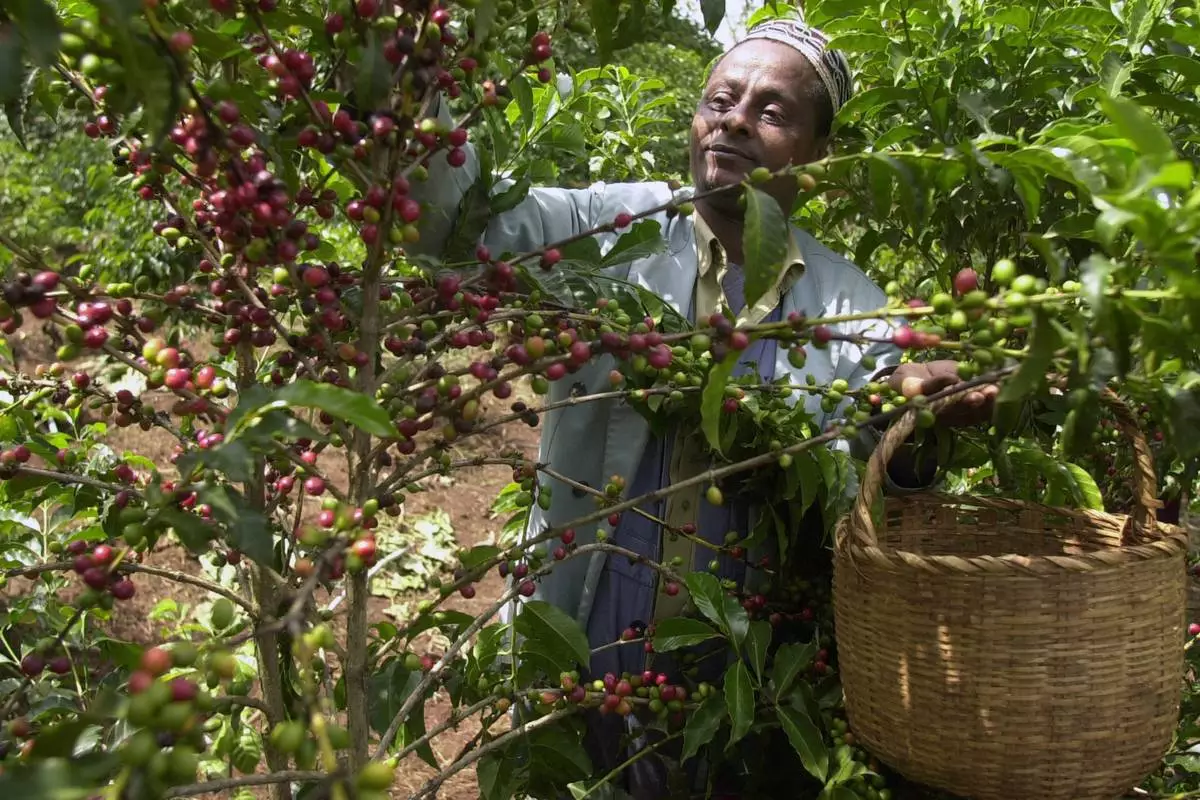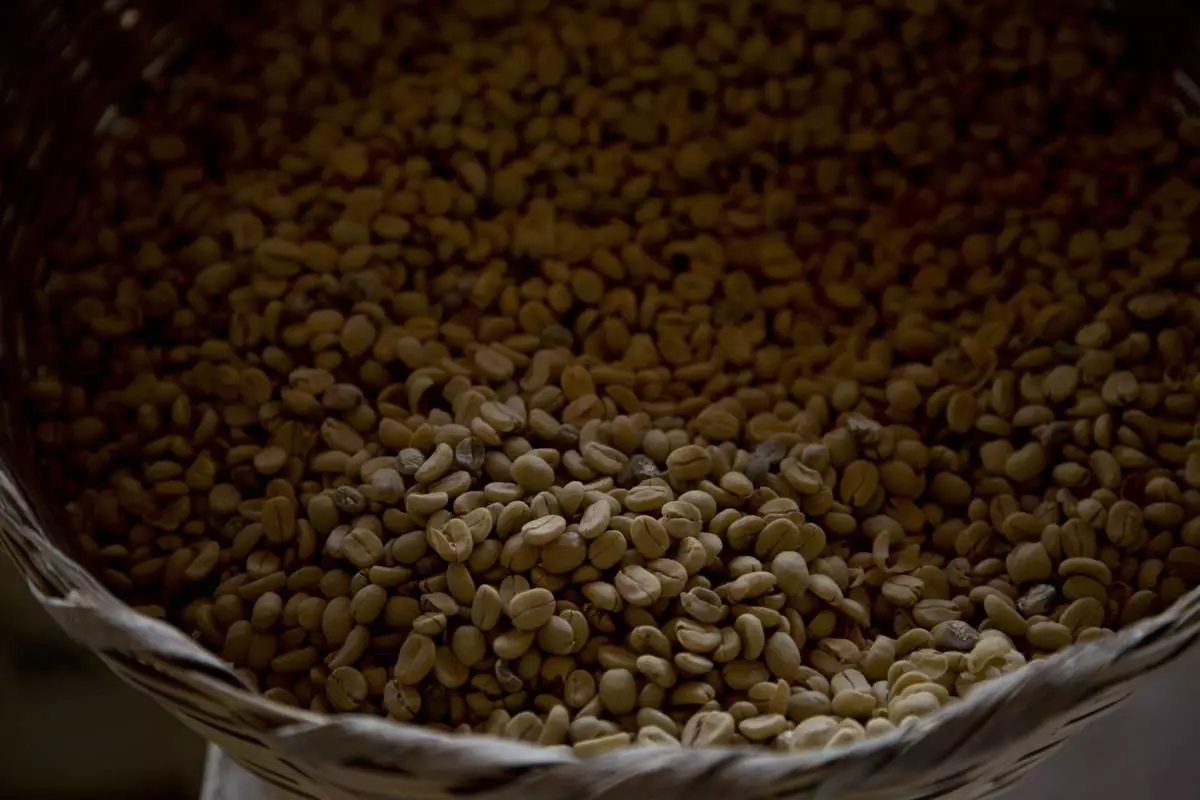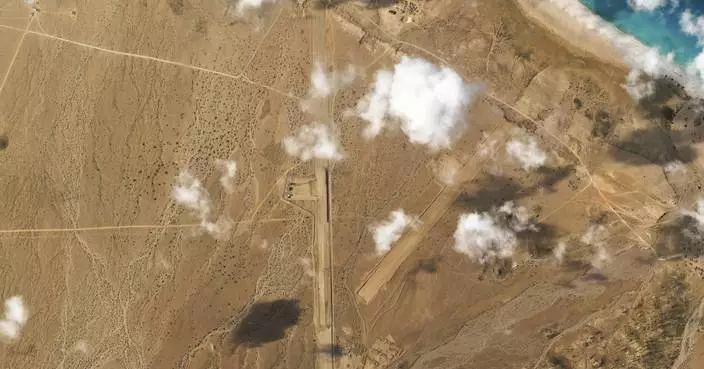The death toll from a Saudi-led coalition airstrike that hit a prison run by Yemen’s Houthi rebels climbed to at least 82 detainees, the rebels and an aid group said Saturday. Internet access in the Arab world’s poorest country remained largely down.
The airstrike in northern Saada province Friday was part of an intense air and ground offensive that marked an escalation in Yemen’s yearslong civil war. The conflict pits the internationally recognized government, aided by the Saudi-led coalition, against the Iranian-backed rebels.
The escalation comes after the Houthis claimed a drone and missile attack that struck inside the United Arab Emirates’ capital earlier in the week. It also comes as government forces, aided by UAE-backed troops and airstrikes from the coalition, have reclaimed the entire province of Shabwa from the Houthis and pressured them in the central province of Marib. Houthis there have for a year attempted to take control of its provincial capital.
Ahmed Mahat, head of Doctors Without Borders, a charity mission in Yemen, told The Associated Press they counted at least 82 dead and more than 265 wounded in the airstrike.
The Houthis’ media office said rescuers were still searching for survivors and bodies in the rubble of the prison site in the province of Saada on the border with Saudi Arabia.
Saudi coalition spokesman Brig. Gen. Turki al-Malki alleged the Houthis hadn’t reported the site as needing protection from airstrikes to the U.N. or the International Committee of the Red Cross. He claimed the Houthis’ failure to do so represented the militia’s “usual deceptive approach” in the conflict.
The Houthis used the prison complex to hold detained migrants, mostly Africans attempting to cross through the war-torn country into Saudi Arabia, according to the humanitarian organization Save the Children.
But Mahat, of Doctors Without Borders, said the airstrike hit a different part of the facility housing other types of detainees. “The migrants there are safe,” he said.
The Saada attack followed another Saudi-led coalition airstrike Friday at the Red Sea port city of Hodeida hit a telecommunications center key to Yemen’s connection to the internet. Access to the internet has remained “largely down for more than 24 hours” in the country, advocacy group NetBlocks.org said Saturday.
The Saada air attack, one of the deadliest of the war, was not the first to hit a Houthi-run prison. In September 2019, an airstrike hit a detention center the southwestern Dhamar province, killing more than 100 people and wounding dozens.
Rights groups have previously documented that the Houthis use civilian detainees as human shields by placing them in detention centers next to military barracks under constant threat of airstrikes.
Friday’s airstrikes in Saada and Hodeida have renewed criticism of the coalition from the United Nations and international aid and rights groups.
Saudi-led coalition airstrikes have hit schools, hospitals and wedding parties, killing thousands of civilians. The Houthis meanwhile have used child soldiers and indiscriminately laid land mines across the country. They also launched cross-border attacks using ballistic missiles and explosives-laden drones on Saudi Arabia and the UAE.
The latest escalation of fighting in Yemen was the most intense since the 2018 battle for Hodeida and comes after a year of U.S. and U.N. diplomatic efforts failed to bring the two sides to the negotiating table.
The rebels have repeatedly pushed back against U.N. and U.S. calls to halt the offensive on oil-rich Marib province. The Houthis have been trying for a year to take Marib to complete their control of the northern half of Yemen. That would likely give them an upper hand in any future negotiations.
“The coalition has pulled the stops out to prevent a collapse in Marib and to shift the conflict towards a military equilibrium,” said Peter Salisbury, Yemen expert at the International Crisis Group.
The conflict in the Arab world’s poorest country began in 2014, when the Houthis took the capital, Sanaa, and much of northern Yemen, forcing the government to flee to the south, then to exile in Saudi Arabia. The Saudi-led coalition, backed at the time by the U.S., entered the war months later to try to restore the government to power.
The conflict has since become a regional proxy war that has killed tens of thousands of civilians and fighters. The war also created the world’s worst humanitarian crisis, leaving millions suffering from food and medical care shortages and pushing the country to the brink of famine.





